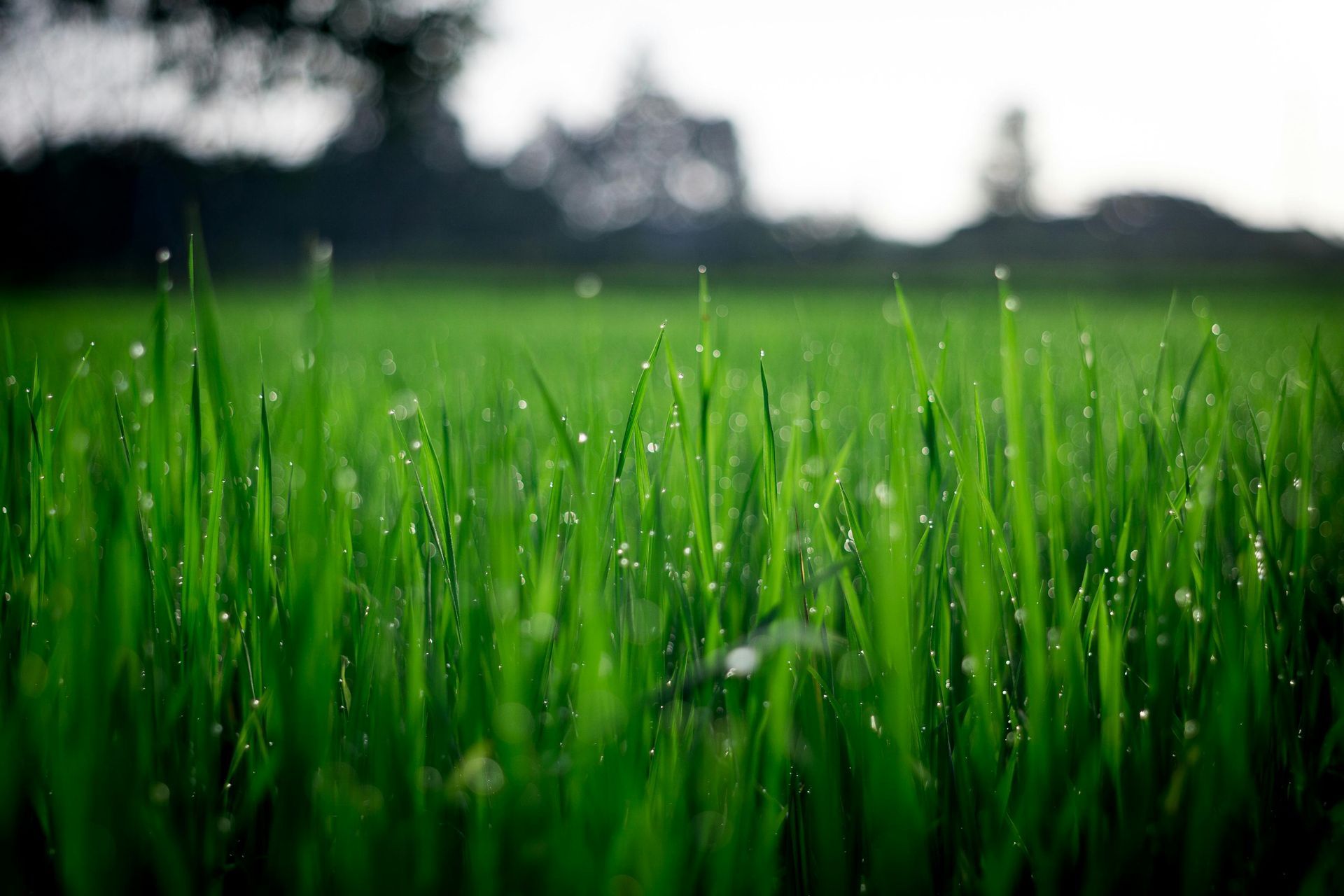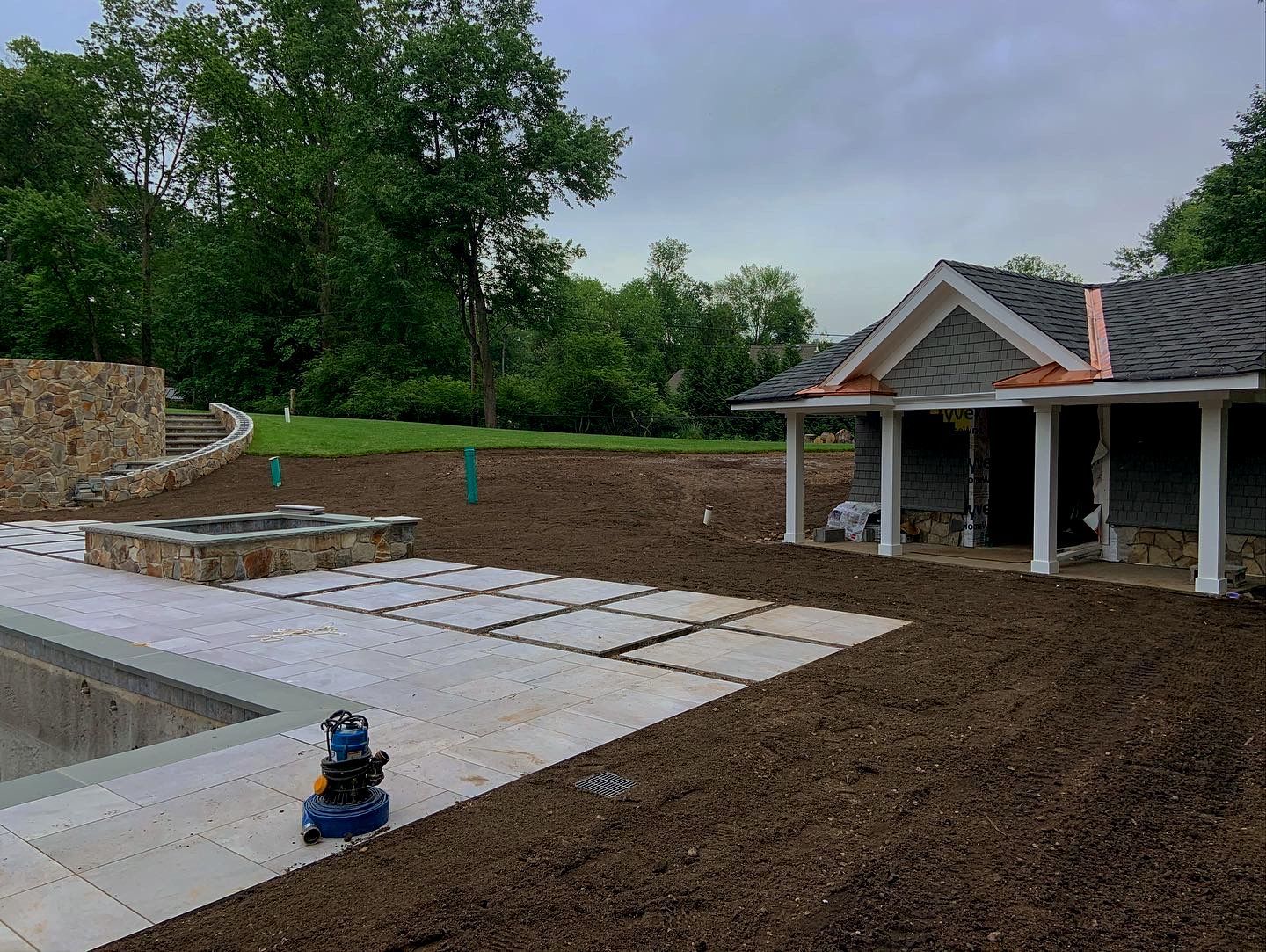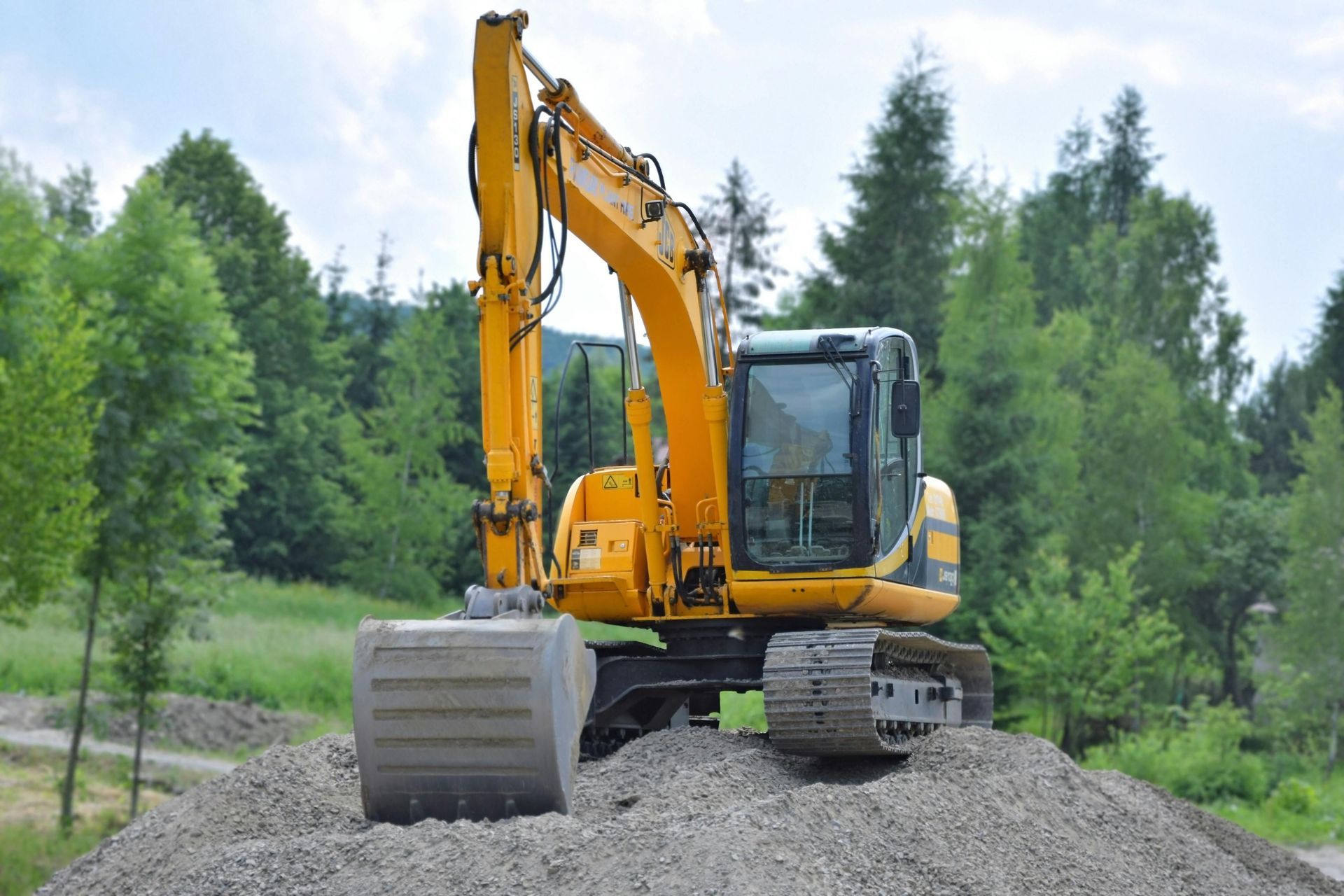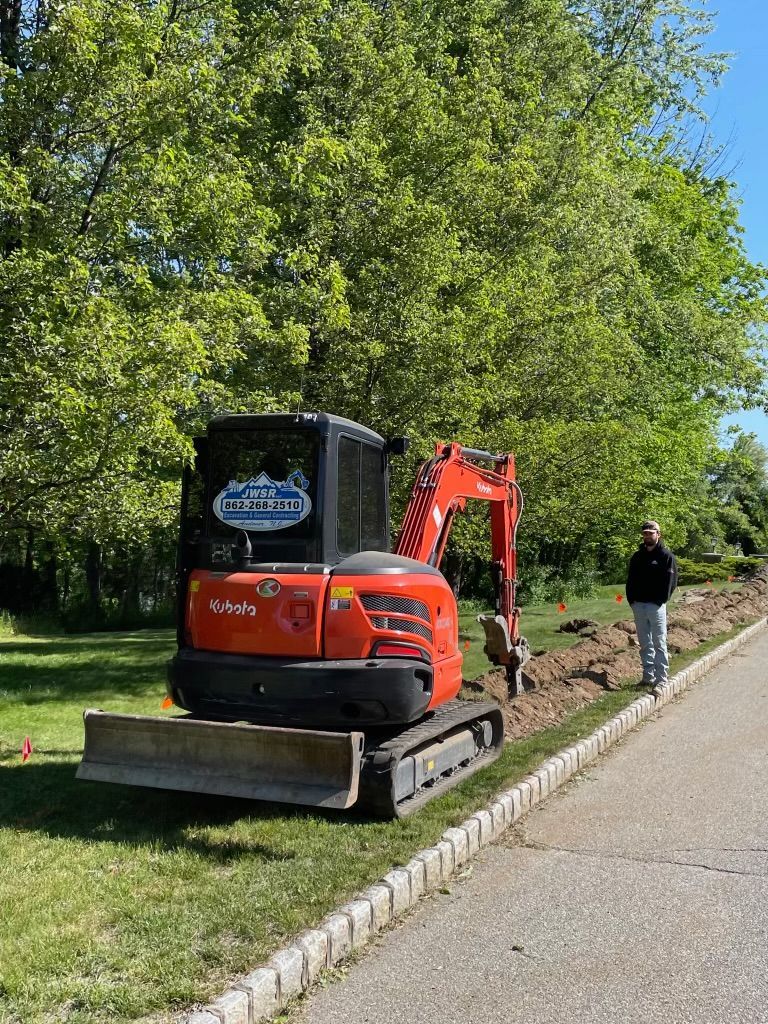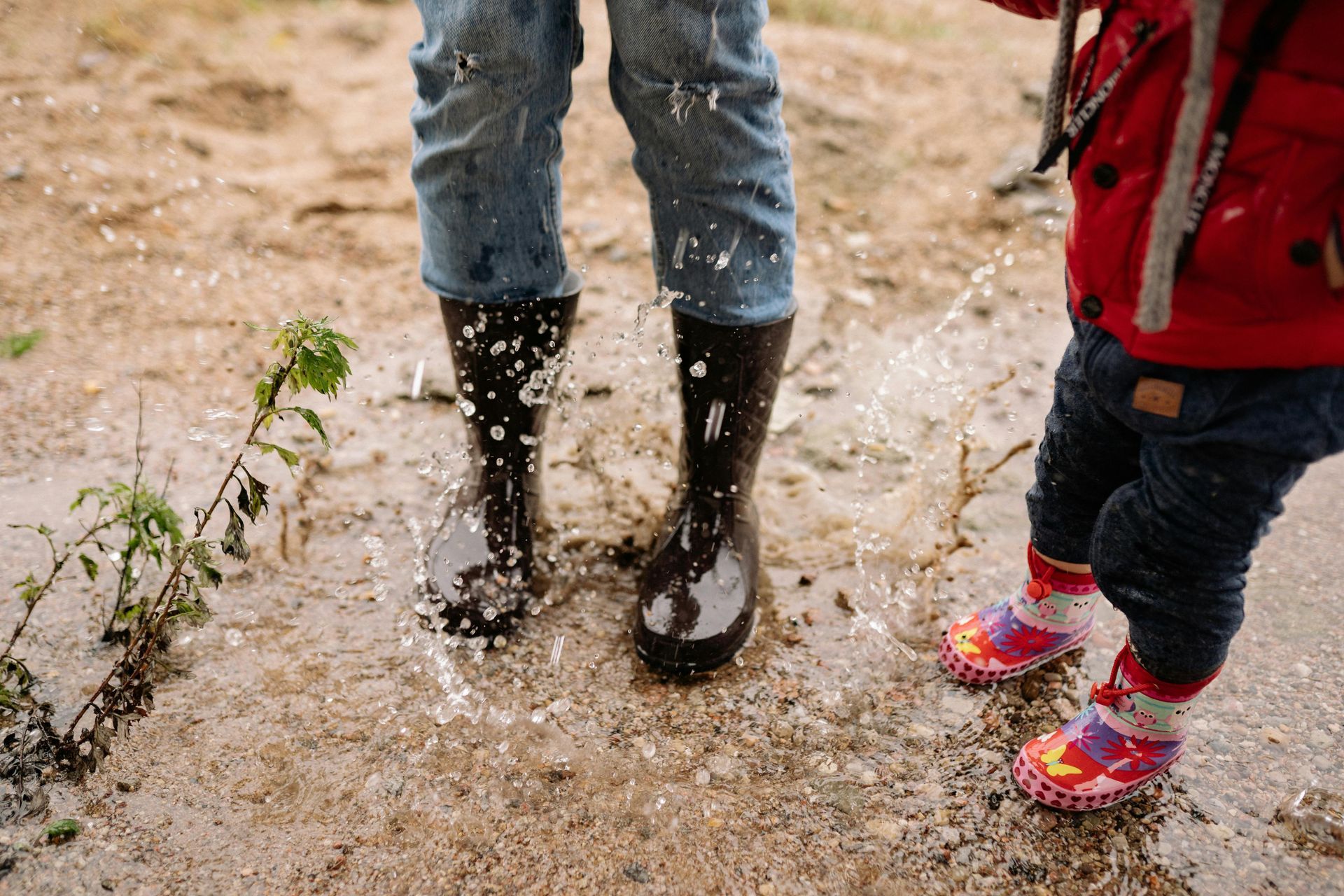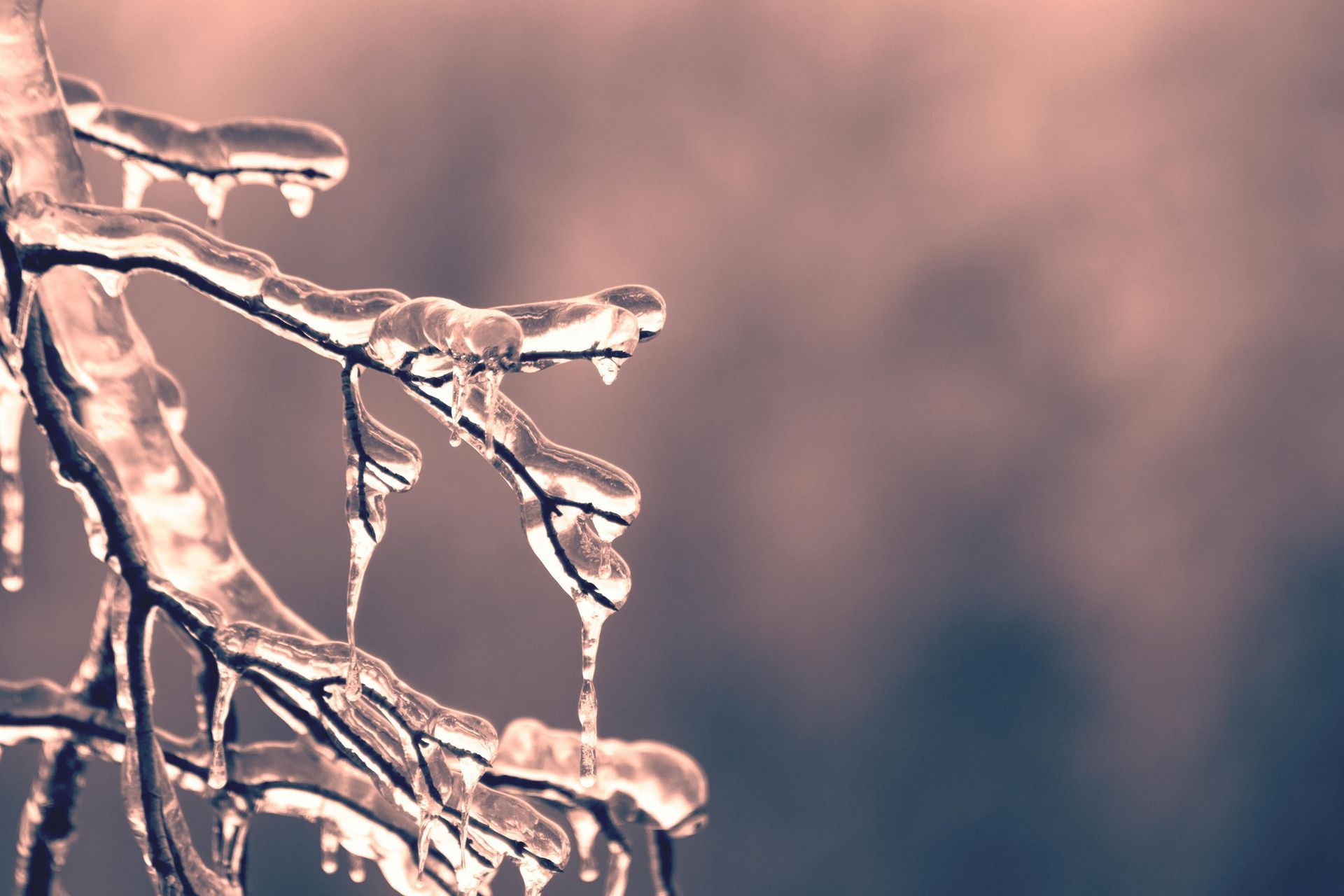The Art of Underground Utilities
Underground Fiber Optic Installation: Techniques and Tools
Installing fiber optic cables underground is crucial for expanding high-speed internet access while minimizing surface disruption. This process involves various methods tailored to specific environments and project requirements. Key techniques include vibratory plowing, horizontal directional drilling (HDD), and trench-less pneumatic boring.
Vibratory Plowing
Vibratory plowing is an efficient method for laying fiber optic cables, especially in open areas with minimal obstructions. This technique uses a machine equipped with a vibrating blade to cut a narrow trench, simultaneously laying the cable or conduit and backfilling the soil. The vibration reduces soil resistance, allowing for faster installation with minimal surface disruption.
Horizontal Directional Drilling (HDD)
HDD is a trench-less method ideal for installing fiber optics beneath obstacles like roads, rivers, or existing structures. The process involves drilling a pilot hole along a predetermined path, enlarging the hole with a reamer, and then pulling the conduit or cable through the borehole. HDD minimizes environmental impact and is suitable for urban areas where traditional trenching is impractical.
Trench-less Pneumatic Boring
Also known as "missile" or "mole" boring, this method uses a pneumatic piercing tool to create a borehole by compacting the soil. It's particularly useful for short-distance installations under sidewalks or driveways. While cost-effective, this technique is less precise than HDD and is best suited for straightforward, unobstructed paths.
Best Practices
- Utility Locating: Before any excavation, it's essential to identify existing underground utilities to prevent damage.
- Soil Assessment: Understanding soil composition helps in selecting the appropriate installation method.
- Depth Considerations: Fiber optic cables are typically buried at depths ranging from 1 to 6 feet, depending on local regulations and project requirements.
- Restoration: Post-installation, restoring the site to its original condition is crucial, especially in residential or landscaped areas.
By using these techniques and adhering to best practices, underground fiber optic installation can be executed efficiently, ensuring reliable connectivity with minimal surface disruption.
Ready to work with JWSR?
Let's connect! We’re here to help.
Send us a message and we’ll be in touch.
Or give us a call today at 862-268-2510



